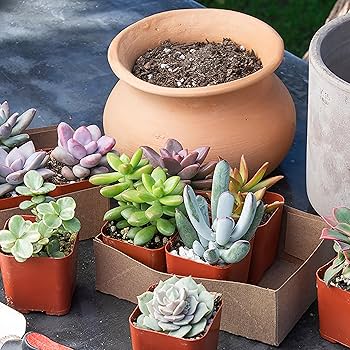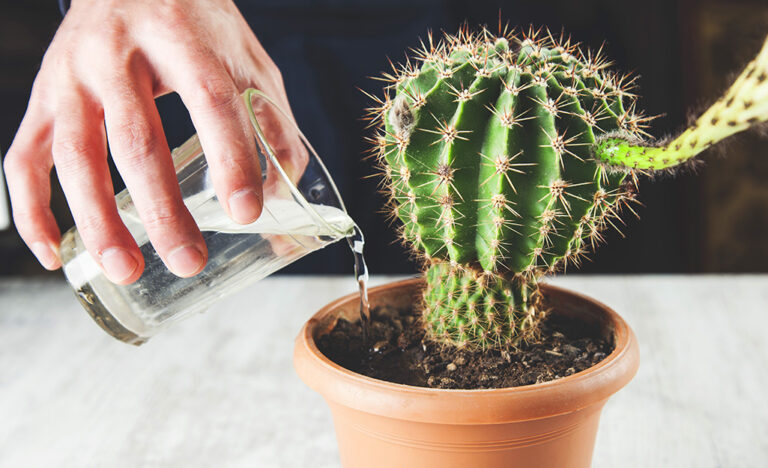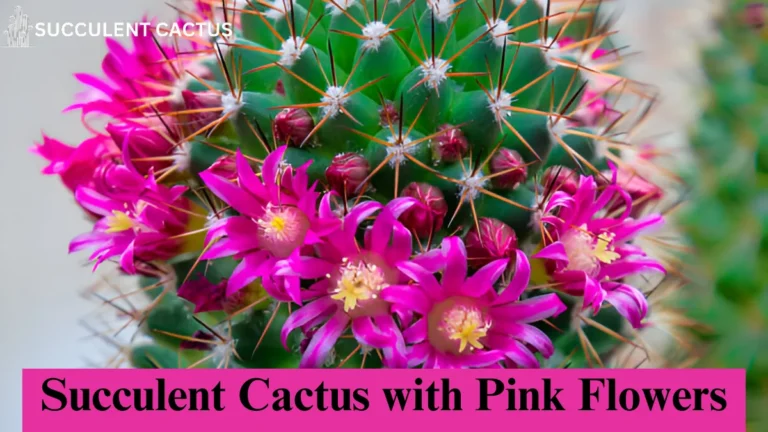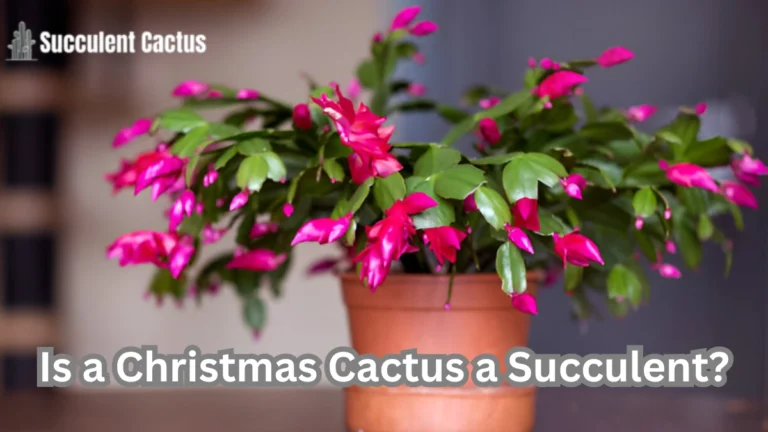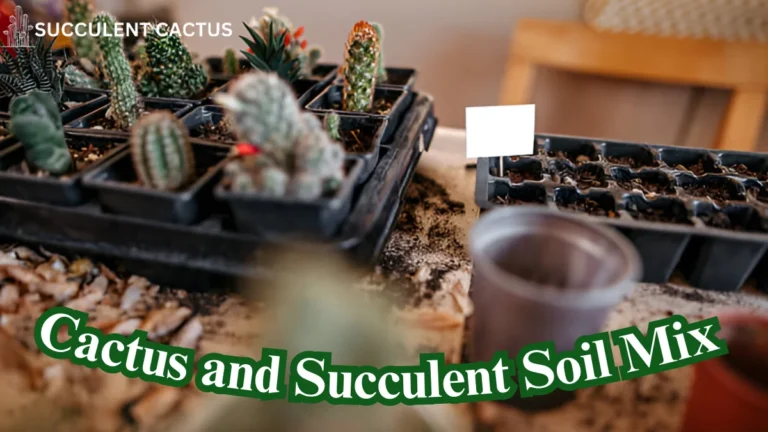Understanding Succulent Cactus Leaf and Succulents Cactus Leaves: A Complete Guide
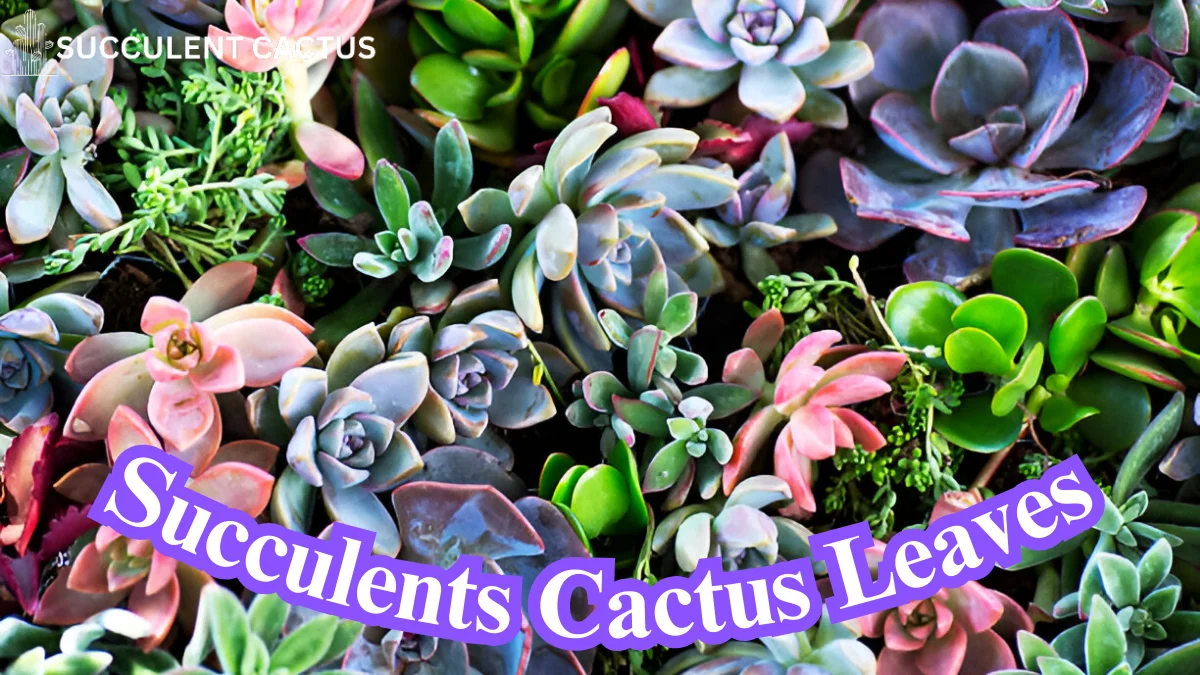
Succulents, particularly those with cactus-like leaves, have become immensely popular in gardening and home décor. Their unique adaptability, stunning aesthetics, and low-maintenance nature make them a favorite for both novice and expert gardeners. This comprehensive guide will explore everything you need to know about succulent cactus leaves and their care, significance, and unique traits.
What Are Succulent Cactus Leaves?
The Anatomy of Succulent Cactus Leaves
Succulent cactus leaves are specialized adaptations that help these plants survive in arid and extreme conditions. The key feature of these leaves is their ability to store large quantities of water in their fleshy tissues. This adaptation allows cacti to thrive even during prolonged drought periods. Their thick outer layer, or cuticle, reduces water loss by minimizing evaporation. Additionally, many succulent leaves have specialized pores called stomata that open only at night, reducing the amount of water lost during photosynthesis.
The anatomy includes:
- Epidermis: Protects against water loss and UV damage.
- Parenchyma Cells: Serve as storage cells for water and nutrients.
- Spines or Hairs: Modified leaves for protection and moisture retention.
| Component | Function |
| Epidermis | Prevents water loss through a waxy coating |
| Stomata | Regulates gas exchange and minimizes water loss |
| Parenchyma | Stores water for survival during drought |
Types of Cactus Leaves
Cacti come in many shapes and sizes, and their leaves reflect these differences. Some cacti, such as Opuntia (Prickly Pear), retain paddle-shaped leaves, while others, like Pereskia, maintain larger, more traditional leaves. On the other hand, desert cacti often lack true leaves and instead have spines, which evolved to protect the plant and minimize water loss.
Notable Types of Cactus Leaves:
- True Leaves (Pereskia): Found in primitive cacti species, these are broad and flat.
- Paddle-Shaped Leaves (Opuntia): Thick, fleshy pads that store water.
- Reduced Leaves (Spines): Modified structures for defense and water retention.
Why Are They Unique?
Succulent cactus leaves are a prime example of nature’s innovation. Unlike regular leaves that focus mainly on photosynthesis, these leaves have evolved to prioritize water storage. Their waxy surface reduces water loss, while their internal structure maximizes moisture retention. Furthermore, their ability to thrive in harsh conditions makes them invaluable to ecosystems and a fascinating study for plant enthusiasts.
The Role of Succulents Cactus Leaves in Photosynthesis
Photosynthesis in Succulent Cactus Leaf Structures
Succulent cactus leaves and stems collaborate in photosynthesis. For most plants, photosynthesis occurs in the leaves during daylight. However, succulent cactus leaves use an alternative pathway called Crassulacean Acid Metabolism (CAM) photosynthesis. This process is uniquely suited for arid environments and allows the plant to minimize water loss while still absorbing the carbon dioxide needed for food production.
The process involves:
- Nighttime Activity: Stomata open to take in carbon dioxide.
- Storage Phase: Carbon dioxide is converted into malic acid.
- Daytime Conversion: Malic acid is converted back to carbon dioxide for photosynthesis.
CAM Photosynthesis
Cacti excel at CAM photosynthesis, which gives them an advantage in deserts. This system allows the plant to photosynthesize during the day while keeping its stomata closed to conserve water. At night, when temperatures are cooler, the stomata open, taking in carbon dioxide and storing it for later use.
| Time of Day | Activity |
| Nighttime | Stomata open, carbon dioxide absorbed |
| Daytime | Stomata closed, photosynthesis occurs |
Importance of Leaf Modifications
Succulent cactus leaves, whether reduced or modified, ensure maximum water efficiency. Their ability to store water while aiding in photosynthesis makes them indispensable in arid regions. In addition, spines protect the plant from herbivores and provide shade to reduce surface temperatures.
How to Care for Succulent Cactus Leaves
Proper Watering Practices
Overwatering is one of the biggest mistakes succulent owners make. Cacti are drought-tolerant plants that require infrequent but deep watering. The key is to mimic their natural habitat by letting the soil dry out completely between watering sessions. Overwatering not only leads to mushy leaves but also causes root rot.
| Season | Watering Frequency |
| Summer (Active Phase) | Once every 7-14 days |
| Winter (Dormant Phase) | Once every 4-6 weeks |
Ensuring Sufficient Sunlight
Light is crucial for healthy succulent cactus leaves. These plants need bright, indirect sunlight to thrive. Insufficient light leads to etiolation, where the plant stretches out and loses its compact shape. On the other hand, direct sunlight, especially in the afternoon, can scorch the leaves.
Tips for Sunlight Care:
- Rotate your plant every week to ensure even growth.
- Use sheer curtains to filter intense sunlight.
Pruning and Maintenance
Regular pruning helps your succulents look their best. Remove dead or damaged leaves using sterilized scissors. Doing so not only improves the plant’s appearance but also prevents the spread of infections.
Steps for Pruning:
- Inspect the plant for discolored or unhealthy leaves.
- Use sharp, clean tools to trim these leaves.
- Avoid over-pruning, as this may stress the plant.
Common Problems with Succulent Cactus Leaves
Overwatering and Root Rot
Overwatering is one of the primary issues faced by succulent cactus owners. When succulents are given too much water, their roots become waterlogged, leading to root rot. This condition manifests as soft, mushy leaves and discolored stems. Left untreated, it can kill the plant.
Signs of Overwatering:
- Yellowing or browning of leaves.
- Soft, translucent leaves.
- A foul odor near the soil.
| Problem | Cause | Solution |
| Soft, mushy leaves | Overwatering | Allow soil to dry out completely |
| Root rot | Excess moisture | Remove rotted roots, repot plant |
Pest Infestation
Pests such as mealybugs, aphids, and spider mites can harm succulent cactus leaves. These pests feed on the plant’s sap, causing wilting and discoloration. Mealybugs often appear as white, cotton-like masses on leaves, while aphids and spider mites are tiny, making them harder to spot.
How to Manage Pests:
- Wipe leaves with rubbing alcohol to remove mealybugs.
- Use insecticidal soap for severe infestations.
- Isolate the affected plant to prevent the pests from spreading.
Sunburn and Scorching
Though cacti thrive in bright sunlight, extreme exposure to direct sunlight can cause leaf scorching. This often appears as white or brown patches on the surface of the leaves. To prevent this, gradually acclimate your succulent to outdoor sunlight.
Preventing Sunburn:
- Provide shade during peak hours (12–4 PM).
- Gradually increase sunlight exposure for new plants.
Why Succulent Cactus Leaves Change Color
Stress and Environmental Changes
Stress is a major factor that influences the color of succulent cactus leaves. Under stress, many succulents produce anthocyanins or carotenoids, pigments that change the leaf color to shades of red, orange, or purple. This often occurs in response to changes in temperature, light, or water availability.
| Stress Factor | Leaf Color Change |
| Excess sunlight | Red, purple, or orange tint |
| Overwatering | Yellow or translucent |
Seasonal Changes
Some succulents display seasonal color variations. In colder months, plants may turn vibrant colors like deep red or purple to conserve energy and protect themselves from the sun’s rays.
Tips for Seasonal Care:
- Avoid overwatering during seasonal changes.
- Monitor temperature fluctuations to prevent stress.
Nutrient Deficiency
A lack of essential nutrients can cause discoloration. For instance, insufficient nitrogen may result in pale, yellowing leaves, while potassium deficiency often causes brown edges. Using a balanced fertilizer during the growing season helps prevent such issues.
Propagation Techniques for Succulent Cactus Leaves
Leaf Propagation
Propagating succulents from leaves is one of the easiest and most rewarding methods. Simply twist off a healthy leaf from the plant, let it callous over for a few days, and place it on well-draining soil. New roots will develop within a few weeks, followed by a small rosette.
Steps for Leaf Propagation: 1. Gently twist the leaf off the parent plant. 2. Allow the cut end to dry for 1–2 days. 3. Place on a moist, well-draining soil mix.
Propagation via Stem Cuttings
Stem cuttings are another effective way to propagate succulents. This is especially useful for cacti with long, leggy growth.
| Step | Action |
| Cutting | Use sterilized scissors to trim stem |
| Drying | Allow cut end to callous (5–7 days) |
| Planting | Place in soil and water lightly |
Offsets and Pups
Many cacti produce offsets or “pups” that can be separated from the mother plant. These pups already have their root systems and can be repotted individually.
Best Soil Types for Succulent Cactus Leaves
Importance of Well-Draining Soil
Succulent cactus leaves thrive in soil that drains quickly. Standard garden soil is too dense and retains water, leading to root rot. Instead, use a cactus or succulent mix, which contains a blend of sand, perlite, and organic matter for optimal drainage.
Adding Amendments to Improve Drainage
To improve your soil mix, you can add amendments like:
- Perlite: Increases aeration.
- Coarse Sand: Enhances drainage.
- Pumice: Prevents compaction.
| Amendment | Function |
| Perlite | Lightens soil and prevents waterlogging |
| Sand | Improves drainage |
Testing Soil Drainage
To ensure your soil drains well, water the pot thoroughly and observe how quickly the water drains. If water takes longer than 30 seconds to drain, consider repotting with a better soil mix.
Role of Light in the Health of Succulent Cactus Leaves
Ideal Light Conditions
Succulent cactus leaves thrive in bright, indirect light. Too little light can cause the leaves to lose their vibrant color, while too much direct sunlight may lead to sunburn. Understanding the balance between the two is essential for healthy plant growth.
| Light Condition | Effect on Leaves |
| Insufficient Light | Stretching, pale leaves |
| Excessive Light | Scorch marks, discoloration |
To ensure optimal light:
- Place succulents near a south- or east-facing window.
- Use grow lights for indoor plants during low-light seasons.
Acclimating Succulents to Outdoor Light
If you’re transitioning indoor succulents to outdoor spaces, do it gradually to prevent shock or burning. Start by exposing them to morning sunlight for a couple of hours daily and gradually increase the duration.
Steps to Acclimate: 1. Begin with filtered or shaded sunlight. 2. Gradually increase sun exposure over 1–2 weeks. 3. Monitor for signs of stress or discoloration.
Common Light-Related Problems
- Etiolation happens when succulents don’t get enough light, causing them to grow long and leggy.
- Burning: Leaves turn white or brown due to prolonged exposure to harsh sunlight.
Watering Needs of Succulent Cactus Leaves
How Often to Water
Watering frequency depends on factors like the season, temperature, and humidity. During active growth periods (spring and summer), succulents require more water, while in dormancy (fall and winter), they need significantly less.
| Season | Watering Frequency |
| Spring/Summer | Every 1–2 weeks |
| Fall/Winter | Every 4–6 weeks |
Signs Your Succulent Needs Water
Succulent cactus leaves provide visual cues to indicate when they need water. Look out for:
- Wrinkled Leaves: Indicate dehydration.
- Dull or Flattened Appearance: A sign the plant needs moisture.
Always check the soil before watering. If it feels dry 2–3 inches below the surface, it’s time to water.
Overwatering Risks
Overwatering is one of the most common causes of succulent death. Ensure the soil is completely dry between waterings to prevent root rot and other issues.
Prevent Overwatering:
- Use pots with drainage holes.
- Water sparingly during dormancy.
Temperature and Humidity for Succulent Cactus Leaves
Temperature Tolerance
Succulent cactus leaves are adapted to withstand extreme temperature variations. Most succulents thrive in temperatures ranging from 60°F to 80°F (15°C–27°C). However, some varieties can tolerate brief periods of frost or heatwaves.
| Temperature Range | Effect on Succulents |
| Below 40°F (4°C) | Frost damage |
| Above 90°F (32°C) | Sunburn or dehydration |
Humidity Levels
Succulents prefer low humidity levels, as they are naturally adapted to arid environments. High humidity can increase the risk of fungal diseases and pest infestations.
Tips for Low Humidity Environments:
- Avoid misting leaves.
- Use a dehumidifier if necessary.
Adapting to Seasonal Changes
During colder months, move succulents indoors to protect them from frost. Place them in well-lit areas away from drafts or heat sources.
Nutritional Needs of Succulent Cactus Leaves
Choosing the Right Fertilizer
Succulents don’t require heavy feeding, but occasional fertilization can promote growth and vibrant leaves. Use a balanced, water-soluble fertilizer with low nitrogen levels, such as a 10-10-10 or 15-15-15 formula.
How Often to Fertilize
Over-fertilizing can harm succulent cactus leaves. Feed your plants sparingly, typically once every 4–6 weeks during the growing season (spring and summer).
| Fertilizer Type | Frequency |
| Liquid Fertilizer | Once a month |
| Slow-Release Fertilizer | Once per growing season |
Signs of Nutrient Deficiency
- Pale or Yellow Leaves: Indicates lack of nitrogen.
- Slow Growth: This may suggest a phosphorus deficiency. If deficiencies are noted, adjust your fertilization routine accordingly.
Common FAQs About Succulent Cactus Leaves
Q:1 How Do I Know If My Succulent Leaves Are Healthy? Ans: Healthy succulent leaves are plump, firm, and vibrant in color. If your leaves appear wrinkled, mushy, or discolored, it’s a sign something is wrong, such as improper watering or insufficient light.
Q:2 Can I Use Tap Water for Succulents? Ans: While tap water can be used, it may contain minerals like chlorine or fluoride that can harm the plant over time. Using distilled or rainwater is a better option for long-term health.
Q:3 Why Are My Succulent Leaves Dropping? Ans: Dropping leaves can occur due to: 1. Stress from sudden environmental changes. 2. Overwatering or underwatering.
Q:4 Is It Normal for Succulent Leaves to Turn Yellow? Ans: Yellow leaves are usually a sign of overwatering or nutrient deficiency. Check the soil’s moisture level and adjust your care routine accordingly.
Q:5 Can Succulent Cactus Leaves Regrow? Ans: If leaves are damaged or fall off, new growth can emerge from the plant’s stem or base, provided the plant is otherwise healthy.
Conclusion
Succulent cactus leaves are fascinating, resilient, and incredibly diverse. From their unique adaptations to their vibrant colors, they add beauty and practicality to any space. You can ensure your succulents thrive by understanding their care needs—including watering, lighting, soil preferences, and pest management. Whether you’re propagating new plants, troubleshooting common problems, or simply admiring their aesthetic appeal, succulents remain a rewarding and low-maintenance choice for plant lovers.

